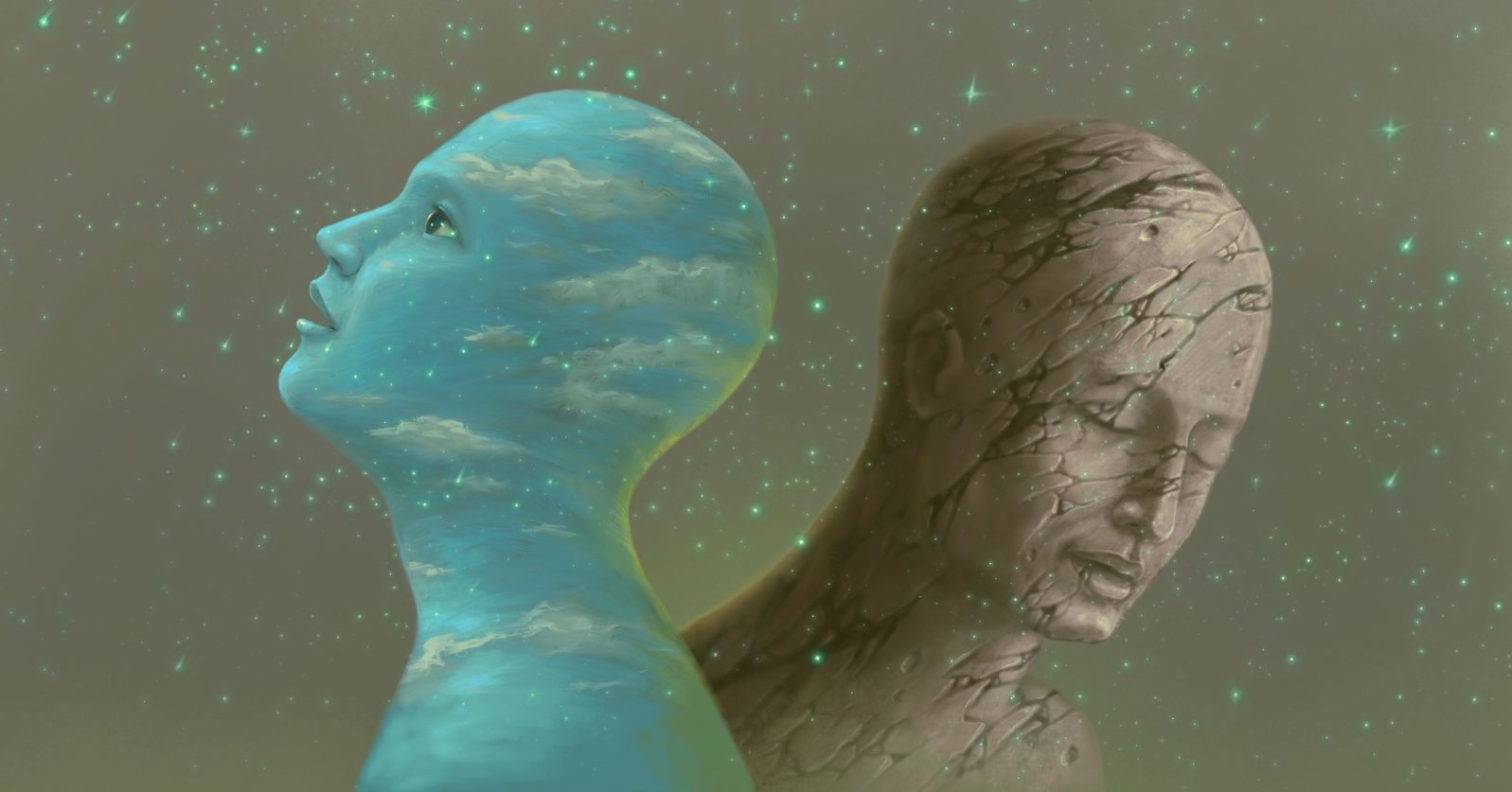Making Art Is Uniquely Human
While the architects of AI "art" tools like to think their technology can replace human creativity, the artistic impulse is uniquely humanIn my last post, I wrote about a novelist who used a version of the AI art tool known as Stable Diffusion to gather images for a promotional website. She wanted erotic and violent elements in the artwork and found that other AI art tools included “guardrails” limiting access to graphic results. But if these images are disconnected from a human, imaginative process, can we say AI-generated results qualify as creative works? Artificial intelligence doesn’t only challenge our notions of what it means to be human. It also makes us wonder what it means to make art and whether human beings are the only agents capable of creating it.
Walter Kirn addressed this question poignantly in a Substack essay. Kirn expressed concern over the recent developments in AI technology which allow for this kind of artistic generation. He specifically cited DALL-E, a new AI app from OpenAI, writing,
“DALL-E relies on computerized brute strength. In this case, it amasses tons of images—hundreds of millions, my research revealed—and extracts certain patterns from the vast sample, which it generalizes into rules and formulas. For example, DALL-E has learned what sort of pictures tend to be thought of as cute by human beings. Ask its interface for a ‘cute pink moon,’ and it may devise a moon with big round eyes, long curving lashes, and elfin ears, perhaps.”
-Walter Kirn, “There is No Such Thing as AI Art.”
Kirn admits that AI’s new capacities are impressive, but is quick to note the obvious. Despite OpenAI CEO Sam Altman’s belief that creativity is not a uniquely human capacity, Kirn points out that the technology depends on past artistic renderings to work.
“DALL-E depends on art already made, on photos already taken, aesthetic assumptions statistically derived, and a language—our language—formed over the centuries by acts of communication innumerable about whose nature the great machine knows nothing.”
DALL-E’s algorithms cannot generate content ex nihilo. They depend on the massive archive of exceptional human works of art to render their “unique” images.
Kirn also noted that the technology allows users to “play” with real human faces, including their own. It’s now even easier to craft fantastical avatars of the self and deride other people at whim.
With the popularity of AI on the rise, it seems natural that genuine human artists should feel threatened and miffed. If the algorithm can make art, then it seems that the whole creative endeavor is jeopardized. So, how should we respond?
For me, knowing that a specific piece of art came from a human mind is what makes it interesting. At its best, whether the art is poetic, narrative, or visual, it establishes communication between the artist and the audience, between two subjective selves. While AI-generated images might look cool, there’s no sentient mind behind them, giving them a cold air of detachment. If art isn’t human, I wonder if it is “art” at all.
The great philosopher of aesthetics Roger Scruton said something to this effect in his 2018 conversation with Canadian psychologist Jordan Peterson, hosted at Cambridge. The topic was on “apprehending the transcendent.” Scruton pushed back against the idea that one must ascend beyond the empirical world to experience the transcendent, saying how nature itself “communicates” to us. “I think this is what literature and art and music do at their best,” he said.
“They redescribe reality so that it’s communicating something to you. It’s not just ‘there’ as an inert object before you, and in that sense of the transcendent is like discovering yourself in a mirror.”
-Roger Scruton, (3698) Sir Roger Scruton/Dr. Jordan B. Peterson: Apprehending the Transcendent – YouTube
AI art is just “there.” It’s the inert object Scruton mentioned. It’s not really communicating anything to the viewer, because there is no mind behind it to communicate anything.
Kirn is right—AI tech can impress with its sophistication (designed by humans) but it can never boast of the trademark human characteristic of the mind, which is able to communicate with other selves, and not only communicate, but commune.
